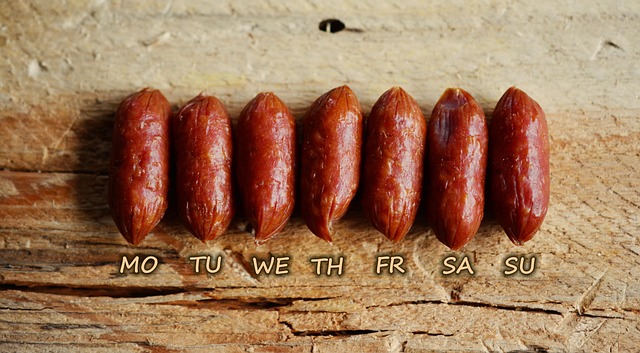In our fast-paced digital world, maintaining focus has become an increasingly challenging task. The term “instinctive attention” refers to our innate ability to react to stimuli in our environment, shaping the way we engage with the world around us. However, the advent of technology has transformed how we interact with information, often causing a disconnect between our instinctive responses and our ability to concentrate deeply on any given task. To reclaim this balance, many are turning to digital detoxes—purposefully disconnecting from technology to restore natural focus.
Technology, while offering immense advantages, can also overwhelm our instinctive attention. Notifications from smartphones, constant emails, and the urgency to be online tug at our consciousness, often fragmenting our thoughts and distractions cloud our ability to think deeply. With every ping and buzz, our brains are training to divert our instincts toward momentary bursts of attention rather than sustained focus. It’s no wonder that many individuals report feeling fatigued yet unproductive, seeking clarity in an ocean of digital noise.
Engaging in a digital detox can provide a breath of fresh air in this tech-laden environment. It involves setting aside our devices—laptops, smartphones, tablets—and immersing ourselves in activities that promote mindfulness and rejuvenation. Whether it’s going for a nature walk, reading a book, or practicing yoga, these activities allow us to reconnect with our instinctive attention. They remind us that our focus thrives in moments of stillness, where our thoughts are free to wander without the incessant pulling of technological demands.
During a digital detox, we create space for reflection and productive thinking. We regain our instinctive ability to notice the world around us, tuning into our surroundings and letting our minds explore. This practice not only enhances our focus but also leads to a deeper understanding of ourselves. As we step away from the glow of screens, we find clarity and peace, enabling us to approach our responsibilities with renewed vigor and creativity.
Moreover, incorporating intentional breaks from technology into our daily routines can cultivate a more sustainable focus in the long run. Consider setting specific times during the day to unplug—whether during meals, before bed, or during work sessions. It’s essential to establish boundaries that allow for a healthier relationship with technology. By consciously deciding when and how to engage with our devices, we honor our instinctive attention rather than allowing it to be hijacked.
Engaging in mindful practices, such as meditation or journaling, can also enhance our instinctive attention. These practices help train our minds to concentrate despite the many distractions vying for our attention. When we prioritize these activities in our digital detox journey, we reinforce our ability to be present in the moment, allowing us to better channel our focus where it matters most.
In the quest for balance between technology and human instinctive attention, embracing a digital detox can be a transformative experience. As we learn to navigate our connection with technology more thoughtfully, we open up pathways to deeper focus and creativity. The journey may require patience and dedication, but the rewards—a clearer mind, renewed energy, and a strengthened ability to engage with the world meaningfully—are well worth the effort.




